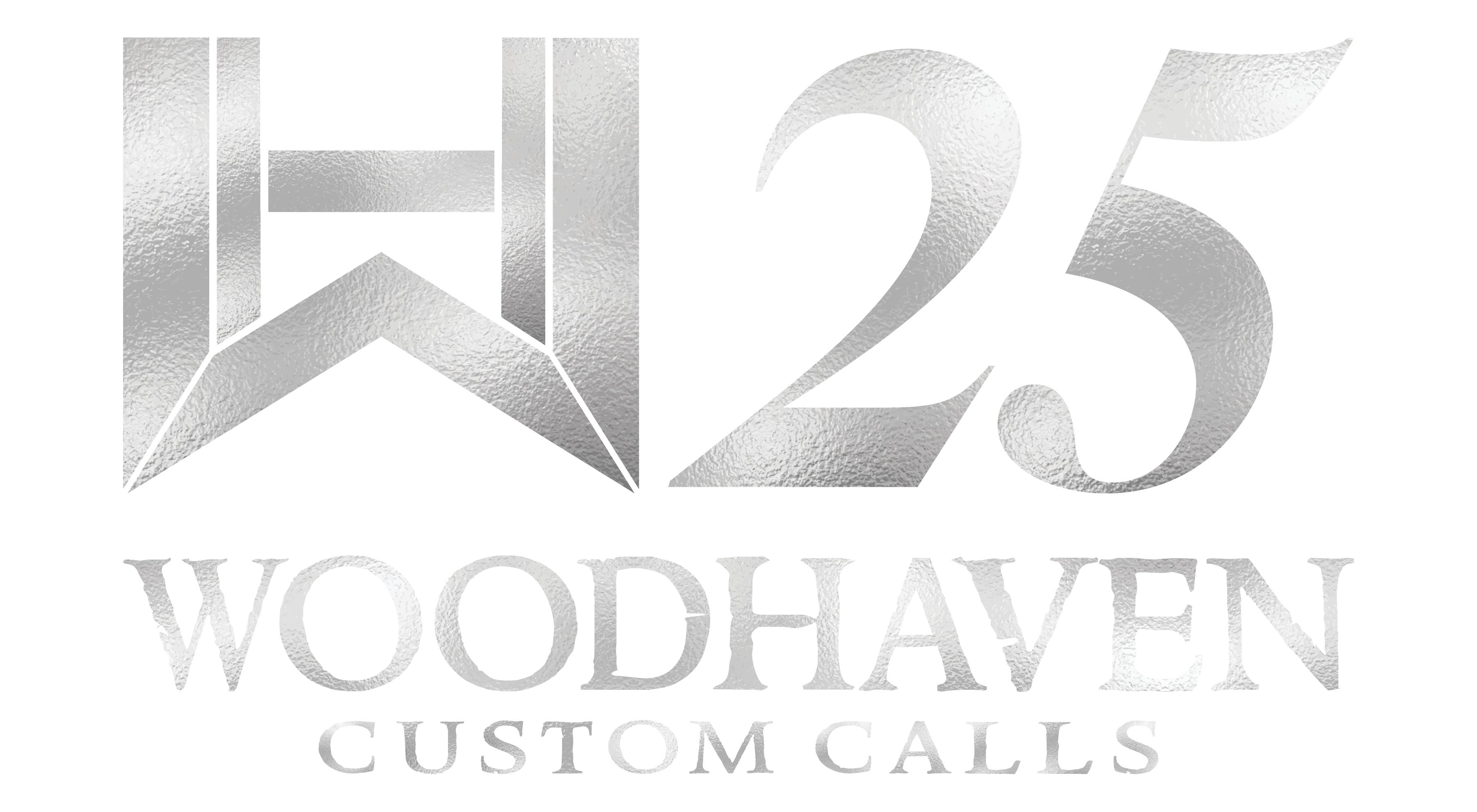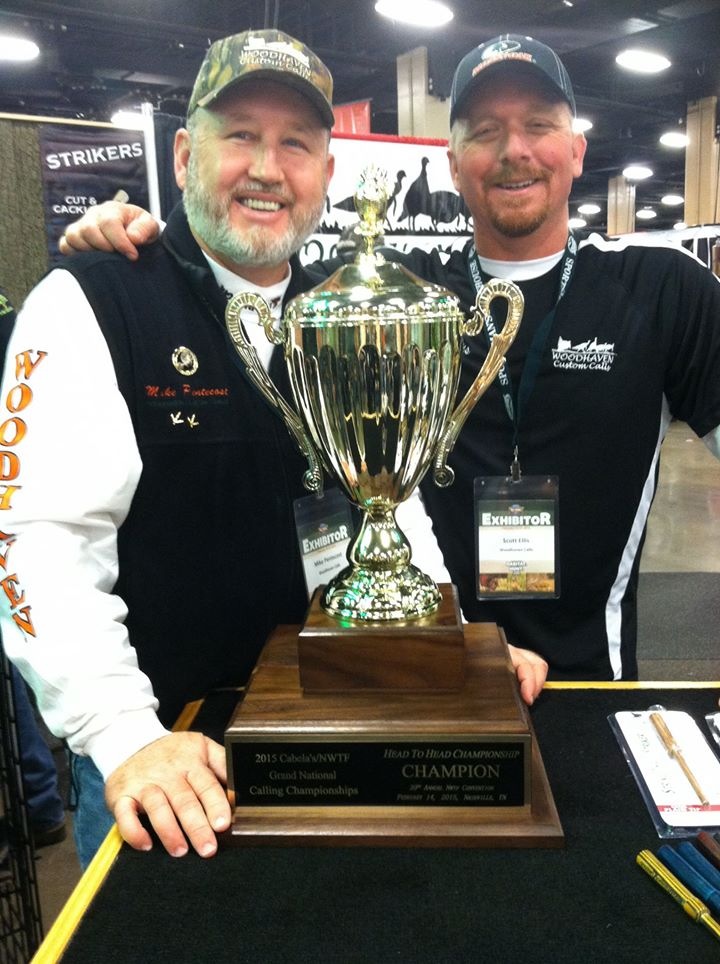Here’s a quick snippet on how to cluck and purr on a mouth call from start to finish and how you can achieve the tongue flutter of the purr to make it realistic and have good tones in your call.
To obtain the tongue flutter, or the vibration of your tongue, Take a big volume of air, and let you tongue lay very limp, and you’ll blow that air across your tongue with force to get it to actually vibrate in your mouth. You’re just trying to get your tongue to flap. This is a similar idea to rolling your “r’s” when speaking Spanish.
Next, you’re going to take the call, and put it in your mouth with the round edge towards your throat, letting it lay very limply and softly on top of your tongue. You’ll then blow that same volume of air across your tongue just like before. What you’ll get is something like a fighting purr call. You’ll notice that if you want to get a little more volume on the call, you should want your cheeks to puff out and inflate slightly. That‘s the air running over and around the call, and what’s being held back in your mouth causes your cheeks to inflate slightly. That helps keep the rasp down and makes the call to have a more realistic tone and more melodious sound.
“…Start with a large volume of air to get the sound coming off the call in your mouth, and then step it down, bringing back that volume to a realistic sound.”
Now that we have a louder volume sound using a greater volume of air, from there, we’re just going to start backing off that volume of air until you get a more realistic turkey tone. Once you get the sound of a turkey down, you can start adding in some clucks.
To get a cluck, it’ll be a lower tone, keeping it quiet like a realistic cluck would be. Clucking is the same principle as cutting, hitting the mouth call for loud, short cuts with a large volume of air. But for clucking, you keep that noise soft, mixing it in with the purrs we just learned how to do. For an even more realistic and natural sound from a mouth call, mix in some soft yelps or a little whine in there. It all comes together for a great sounding call.
Remember, start with a large volume of air to get the sound coming off the call in your mouth, and then step it down, bringing back that volume to a realistic sound.
Check out this cluck and purr tutorial video and hear the calls out loud with 3X Grand National “Head to Head” Champion Scott Ellis!


